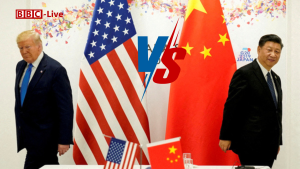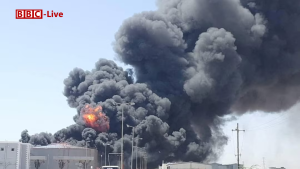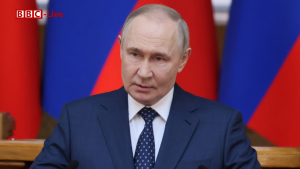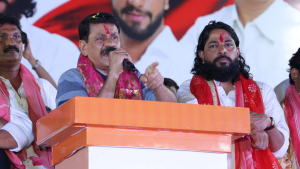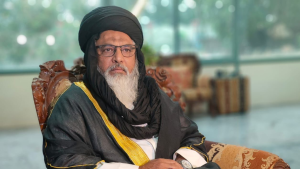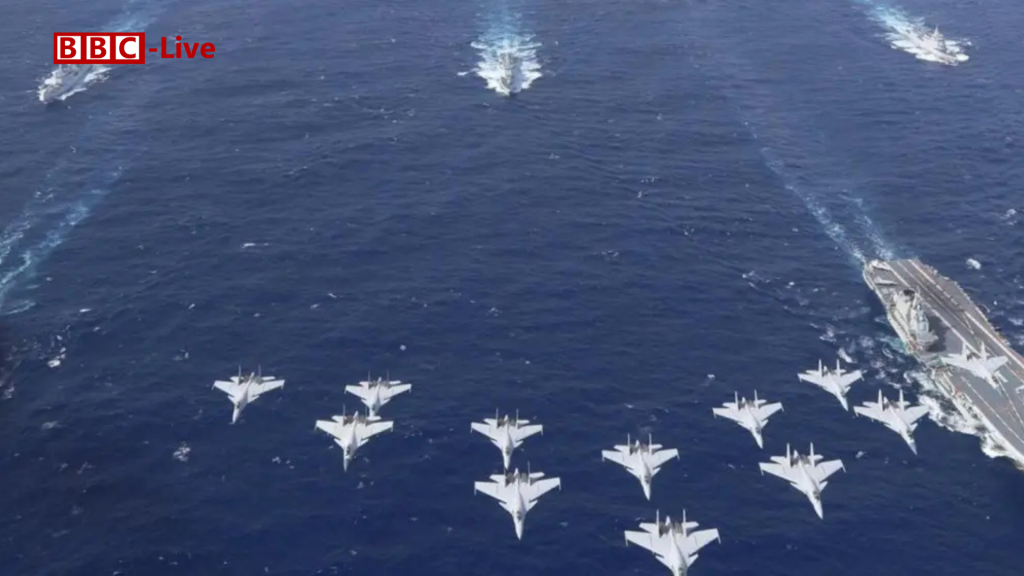
China Launches Surprise Exercises Around Taiwan, Escalating Tensions
China has launched large-scale military drills around Taiwan, calling its leaders “separatists” and accusing them of pushing the island toward war. The People’s Liberation Army (PLA) began the exercises on Tuesday morning without prior warning, marking one of the most significant escalations in recent months.
According to China’s Eastern Theatre Command, which oversees military operations in the region, forces from the PLA Navy, Army, and Rocket Force approached Taiwan from multiple directions. The drills focused on combat readiness patrols, striking maritime and land targets, and imposing blockade controls on critical areas. The Chinese Coast Guard also conducted “law enforcement patrols” near Taiwan, further intensifying pressure on the island.
Taiwan’s Ministry of Defense reported the presence of 19 PLA ships, including the Chinese aircraft carrier Shandong, near its waters by early Tuesday morning. More than 10 of these ships came close to Taiwan’s contiguous zone, prompting Taiwan’s military to deploy aircraft, navy ships, and coastal missile systems in response. The defense ministry condemned China’s actions as provocative and destabilizing.
Beijing considers Taiwan a breakaway province and has repeatedly stated its intention to bring it under Chinese rule, by force if necessary. While analysts believe China has not yet developed the full capability for an invasion, it has intensified military pressure through frequent drills and coercive tactics.
Chinese officials framed the latest exercises as a response to what they call Taiwan’s “separatist activities.” Zhu Fenglian, spokesperson for Beijing’s Taiwan Affairs Office, warned that “Taiwan independence means war” and accused the island’s leaders of endangering its people.
Taiwan’s presidential office spokesperson, Wen Lii, strongly condemned China’s “escalatory behavior”, linking it to other recent military maneuvers near Australia, Japan, Korea, and the South China Sea. He warned that China’s ambitions extend beyond Taiwan and aim for “hegemony in the western Pacific.”
In addition to military drills, China launched an aggressive propaganda campaign, releasing nationalistic videos and posters. One graphic depicted Taiwan’s president, Lai Ching-te, as a “parasite” courting destruction, while another showed a full-scale missile attack on Taipei. These tactics have fueled further tensions, particularly as Lai has taken a strong stance against Beijing, recently declaring China a “foreign hostile force” under national security laws.
This round of drills differs from previous exercises by being launched without warning and explicitly aimed at “punishing” Taiwan. Some military analysts suggest China is trying to normalize these operations, making them harder to distinguish from a potential real attack or blockade.
The United States, which remains Taiwan’s strongest supporter, is closely monitoring the situation. US Secretary of Defense Pete Hegseth has been touring Asian countries, emphasizing that deterring China from attacking Taiwan remains a key priority for Washington. Experts believe China’s aggressive propaganda is also aimed at influencing the US government’s stance, particularly amid shifting global alliances.
As tensions rise, Taiwan continues to ramp up military preparedness while calling for international support against China’s growing assertiveness.

